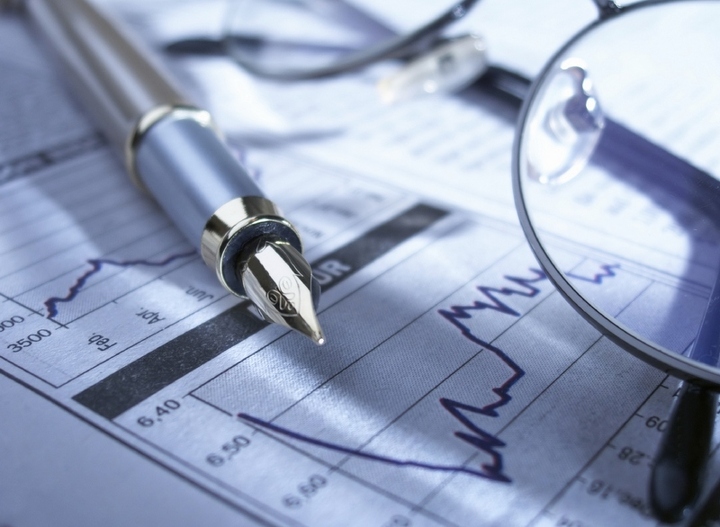The gross output of agriculture, forestry and fisheries for the first eight months of 2019 increased 3.6 percent to two trillion tenge (US$5.15 billion) year-on-year (yoy). Production growth is mainly due to a 4.7-percent increase in livestock and poultry slaughter, 3.9-percent increase in crop production and 3.2-percent increase in raw cow milk yield. Agriculture represented 2.4 percent of the gross domestic product (GDP) at the six-month mark compared to 4.4 percent at the end of 2018. The industry share has declined for the third year in a row, yet investments in agriculture are growing year to year. From January-August, investments in fixed assets were 263.7 billion tenge (US$679.53 million), a 50.1-percent increase yoy.
Small Kazakh enterprises provided 8.5 trillion tenge (US$21.90 billion) in manufactured products and services in the first half of the year, a 16-percent increase year-on-year (yoy). The most profitable areas are car and motorcycle trade and repair (943.2 billion tenge (US$2.43 billion)), financial and insurance activities (397.7 billion tenge (US$1.02 billion)) and the mining industry (236.3 billion tenge (US$608.93 million)). Real estate operations had the largest annual growth at 52.9 percent, up to 405 billion tenge (US$1.04 billion). Small enterprises involved in electricity, gas, steam and air conditioning grew 52.8 percent, up to 209 billion tenge (US$538.58 million). Administrative and auxiliary services businesses experienced 51.4 percent annual growth, up to 298.7 billion tenge (US$769.73 million). The total profit of small enterprises is estimated at 2.6 trillion tenge (US$6.7 billion), a 77.1-percent increase yoy.
From January-August, air fares increased 8.4 percent year-on-year (yoy). Ticket prices rose 24.4 percent in the Mangystau Region, 19 percent in Zhambyl Region and 16.9 percent in the Atyrau Region. Prices also increased in Almaty (9 percent), Shymkent (7.7 percent) and Nur-Sultan (6.7 percent). According to the Ministry of Industry and Infrastructural Development, the main reasons for the high cost are the shortage of carrying capacities (lack of the required number of aircraft to meet the existing demand) and the high cost of jet fuel. Air carriers transported 5.6 million passengers in the eight-month period, a 1.9-percent increase yoy.
Kazakhstan’s trade turnover was $53.8 billion January-July, a 3.6-percent increase year-on-year (yoy). Trade growth accounted for an 11.7-percent increase in imports to $20.9 billion, a 38.8-percent share in trade turnover. Exports of goods and services, however, decreased 3.7 percent per year to $32.9 billion. In 2018, exports of goods and services were $61 billion, with 26.1-percent in annual growth. Natural resources products, at $23.8 billion, comprise 72.3 percent of all exports; $21.9 billion is fuel and energy products, or 66.5 percent of the total. Metals and their products accounted for 14.6 percent, or $4.8 billion. Animal and vegetable products and processed food products made up 5.7 percent, or $1.9 billion.
During the first eight months, gold ore extraction increased 19.3 percent per year to 16.4 million tonnes, an 11.8-percent increase year-on-year (yoy). In addition, the country mined 218,000 tonnes of gold-bearing concentrates, which also represented an increase in production. The output of unprocessed and semi-processed gold was 65.6 tonnes, a 5.4-percent increase yoy. Refined gold production increased 8.9 percent per year to 35.9 tonnes. Kazakhstan ranks 14th in gold reserves in the country’s foreign exchange reserves and its share of gold exchange reserves reached 63 percent.


